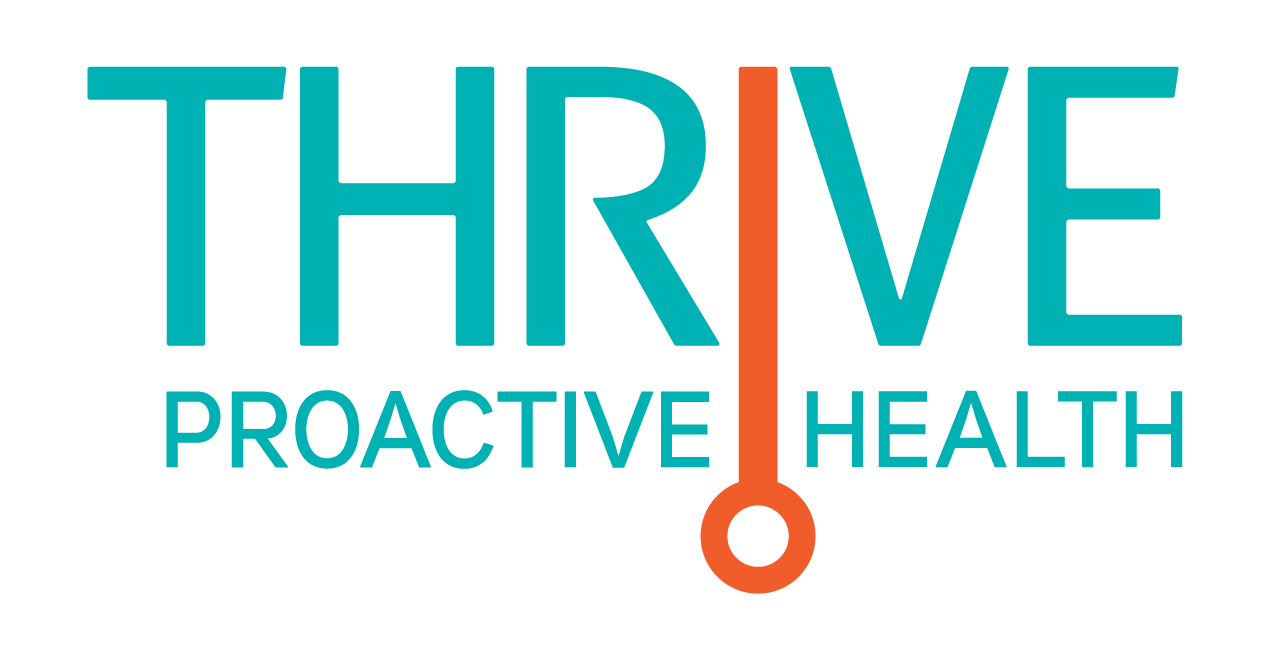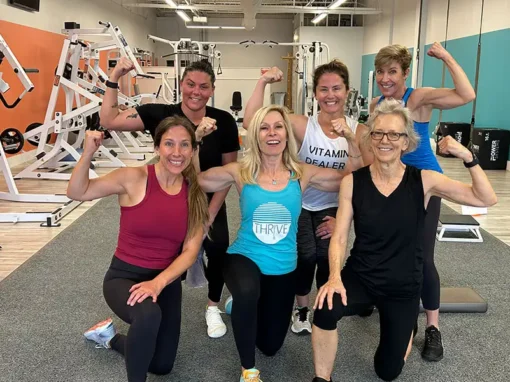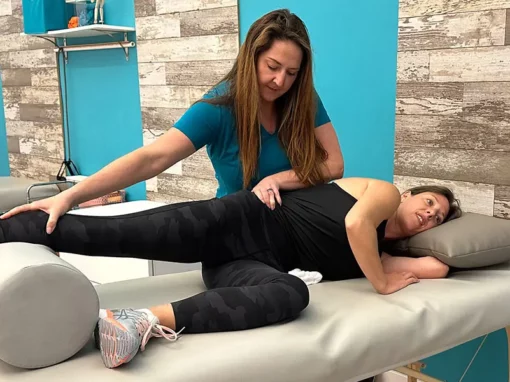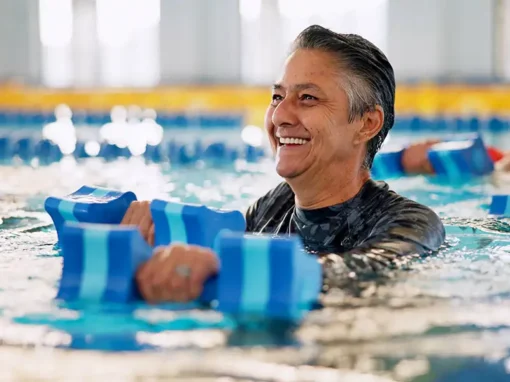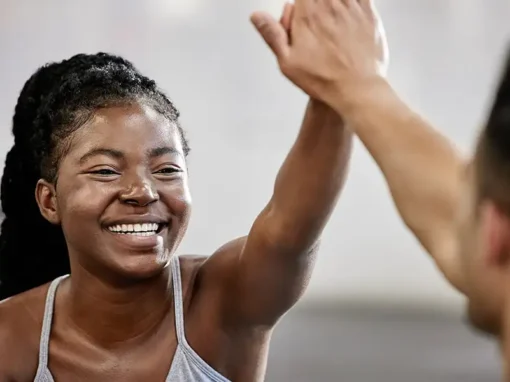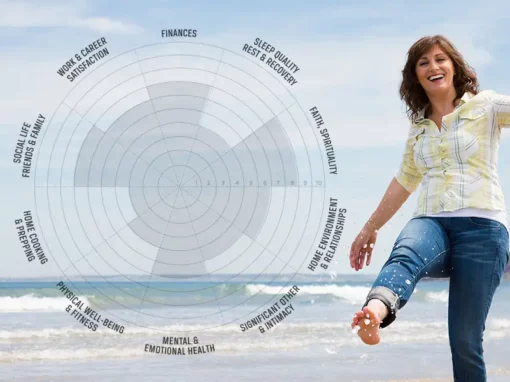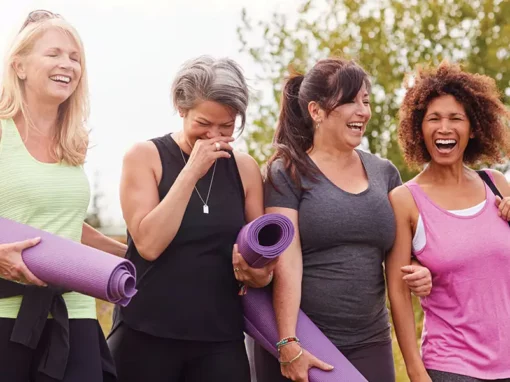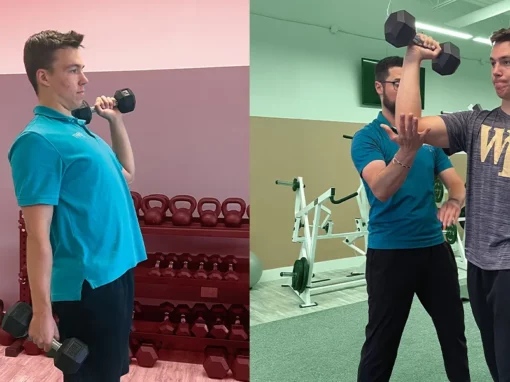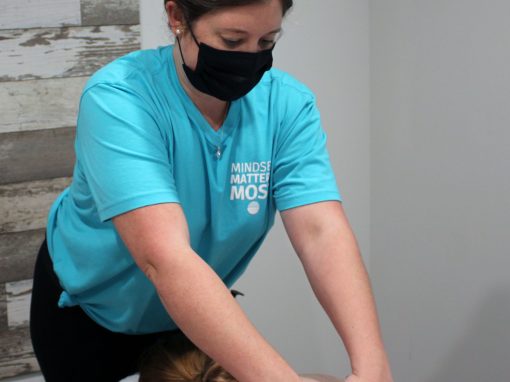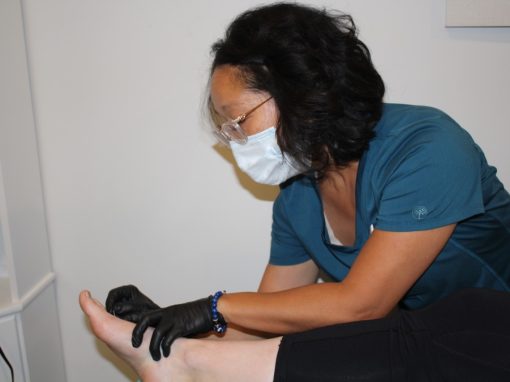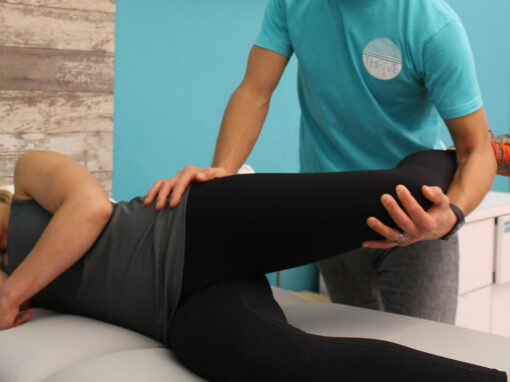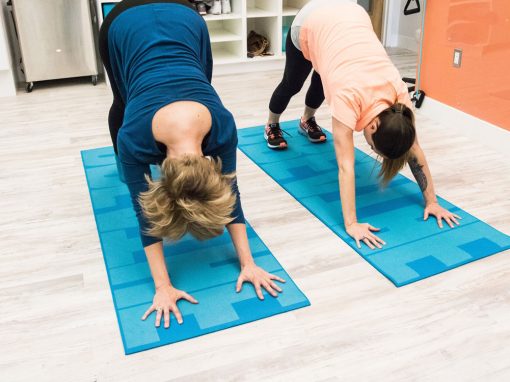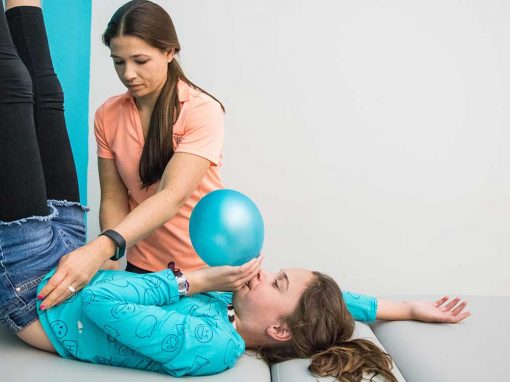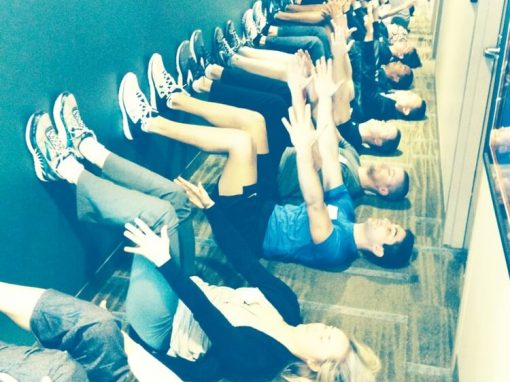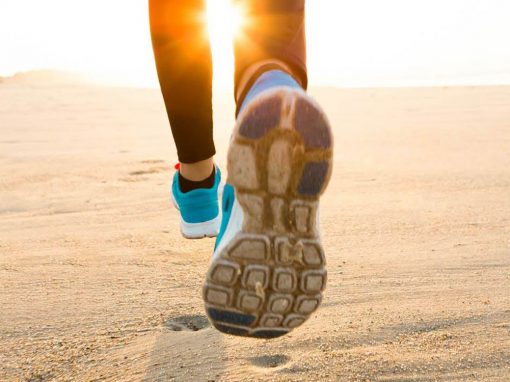The holiday season is upon us. It’s a time of family, fun, and celebration. But it can also be a time of busy schedules, stress, and lack of sleep. Let’s make this a season to thrive by taking care of ourselves so we can enjoy everything that comes this time of year.
Sleep is an important part of health, stress management, and productivity. Inadequate sleep can make us less attentive, feel sluggish, make us more irritable, and impair our performance. It can also increase feelings of hunger and decrease feelings of fullness at a time when there are a lot of high calorie temptations.
Our sleep can be disrupted by a variety of things, including too much food or drink, especially alcohol or caffeine, close to sleep time, blue light from our phone, computer, or television screens, temperature being too hot or too cold, lack of daytime sunlight exposure, exercise prior to sleep time, and stress, anxiety, and worry.
As an adult, the goal is to get 7-9 hours of restful sleep per night. To help us reach this goal there are
some simple things we can do to improve our sleep.
- First, set a regular bedtime and wake-up time to follow each day. You want your bedtime and wake-up time to be a consistent time each day, even on the weekends. For example, go to bed at 10pm and wake up at 6am everyday. If you happen to go to bed later one night you should still get up at your regular wake time to re-establish your schedule for the next day.
- Second, use your bed for sleep and sex only. Try to eliminate eating, watching TV, or scrolling through your phone in bed. These other activities can lead your brain to associate your bed with other things than sleep and distract you from being able to fall asleep.
- Third, eliminate, or at least minimize as much as possible, bedroom noise and lights. You also want a comfortable temperature for sleep. Too hot or too cold can impact your ability to fall asleep or stay asleep. The optimal temperature for sleep has been found to be about 65 degrees fahrenheit.
- Finally, some other strategies to improve sleep quality and quantity are: increasing daytime exposure to sunlight, moving your body at least every hour during the day, eliminating evening and limiting daytime caffeine, avoiding alcohol within 3 hours of bedtime, staying hydrated during the day, exercising in the morning or during the day, and limiting high-sodium foods during the day and eliminating them during the evening close to bedtime.
Try setting a sleep health goal to optimize your sleep quality. An example of an initial goal is, “I will begin a new bedtime routine of shutting off the TV and instead, read a book for 30 minutes before bed, four nights this week.” Write it down somewhere you will see it each day to keep your goal in the front of your mind.
Sleep Recommendations for Optimal Health
Infants 4-12 months: 12-16 hours per 24 hours
Children 1 – 2 years: 11-14 hours per 24 hours (including naps)
Children 3-5 years: 10-13 hours per 24 hours (including naps)
Children 6-12 years: 9-12 hours per 24 hours
Teenagers 13-18 years: 8-10 hours per 24 hours
Adults: 7-9 hours per 24 hours
Helpful Resources
- SleepAssociation.org
- SleepEducation.org
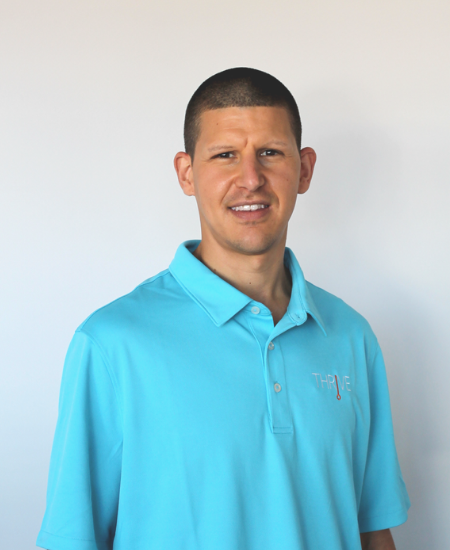
MEET: DANTE LEONE
DPT + OCS + CSCS | PROVIDER
Dante believes in empowering people to have the knowledge and tools they need to control their health and wellness. As a healthcare professional, he takes pride in guiding his patients to improve their well-being and be able to enjoy all of life’s activities.
Dante loves being able to work one-on-one with all types of people to build strong lasting relationships around the common goal of optimizing health. He understands the complex biological, psychological, and social impacts to our health, and addresses these various factors with a holistic treatment approach.
Dante has spent his career in outpatient orthopedic physical therapy, as well as an embedded physical therapist in an industrial setting. He has worked with a variety of patients, including athletes, weekend warriors, post-surgical, manufacturing, and chronic pain.
